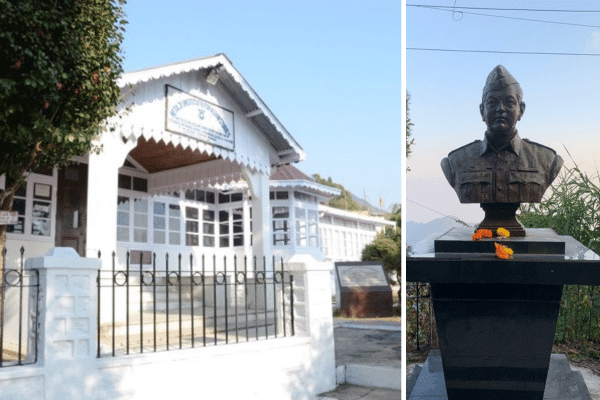In 1999, when I was six years old, the decaying remnants of history came alive in an unusual way. My father, the Sub Divisional Officer (civil) of Kurseong – a quaint little town in Darjeeling district – was tasked with overseeing the restoration of a stately hillside residence steeped in the legacy of India’s freedom struggle. This wasn’t just any house, it was the Kurseong home of the Bose family, where Netaji Subhas Chandra Bose had once been under house arrest in the 1930s. The bungalow belonged to his brother freedom fighter Sharat Chandra Bose, and though it had passed out of family hands in 1996, the West Bengal government seized it in 1997 with plans to transform it into a museum.
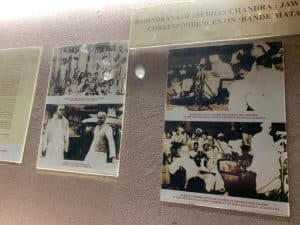
As a young adult, I learned that Netaji lived in this house intermittently between 1922 and 1939 – including seven months of house arrest. He dispatched many essential political letters from this region, letters to his wife Emilie, and during his house arrest, secret instructions to freedom fighters sent via the chowkidars (guards).
The house located at Gidda Pahar area, served as a retreat for the Bose family. There is even a picture of him during a morning stroll by the nearby hill spring at Paglajhora.
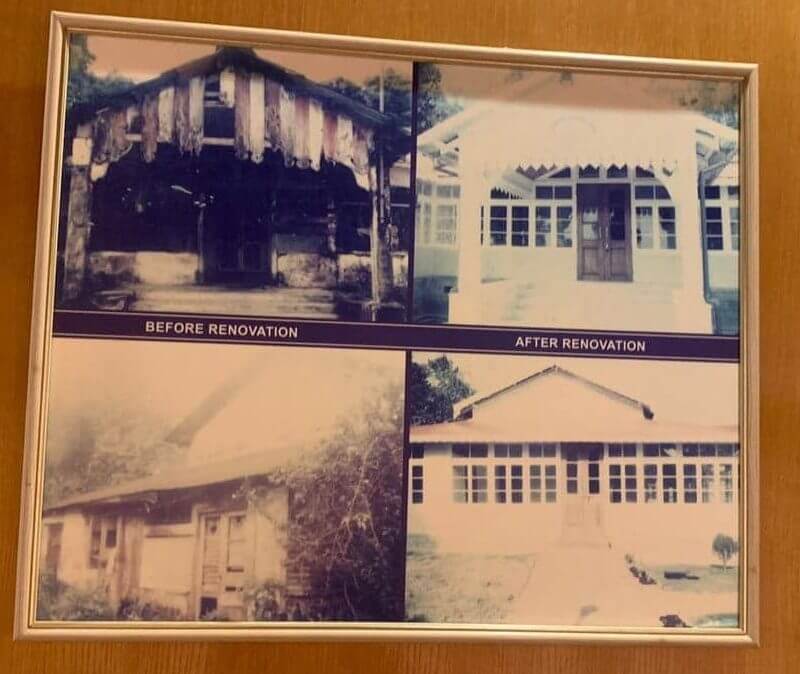
When I first saw the house, it was a shadow of its former self. My father would take me along on his site inspections, and I can still recall walking into that dilapidated bungalow for the first time. The scent of damp decay permeated the air. The floors groaned under our steps, as if lamenting the passage of time. Old family furniture lay scattered, its wood warped and broken. Rotten linen, decomposed documents, and black-and-white photographs, some barely recognisable, lay in forgotten corners. For a child with a wild imagination, it was equal parts eerie and enchanting.
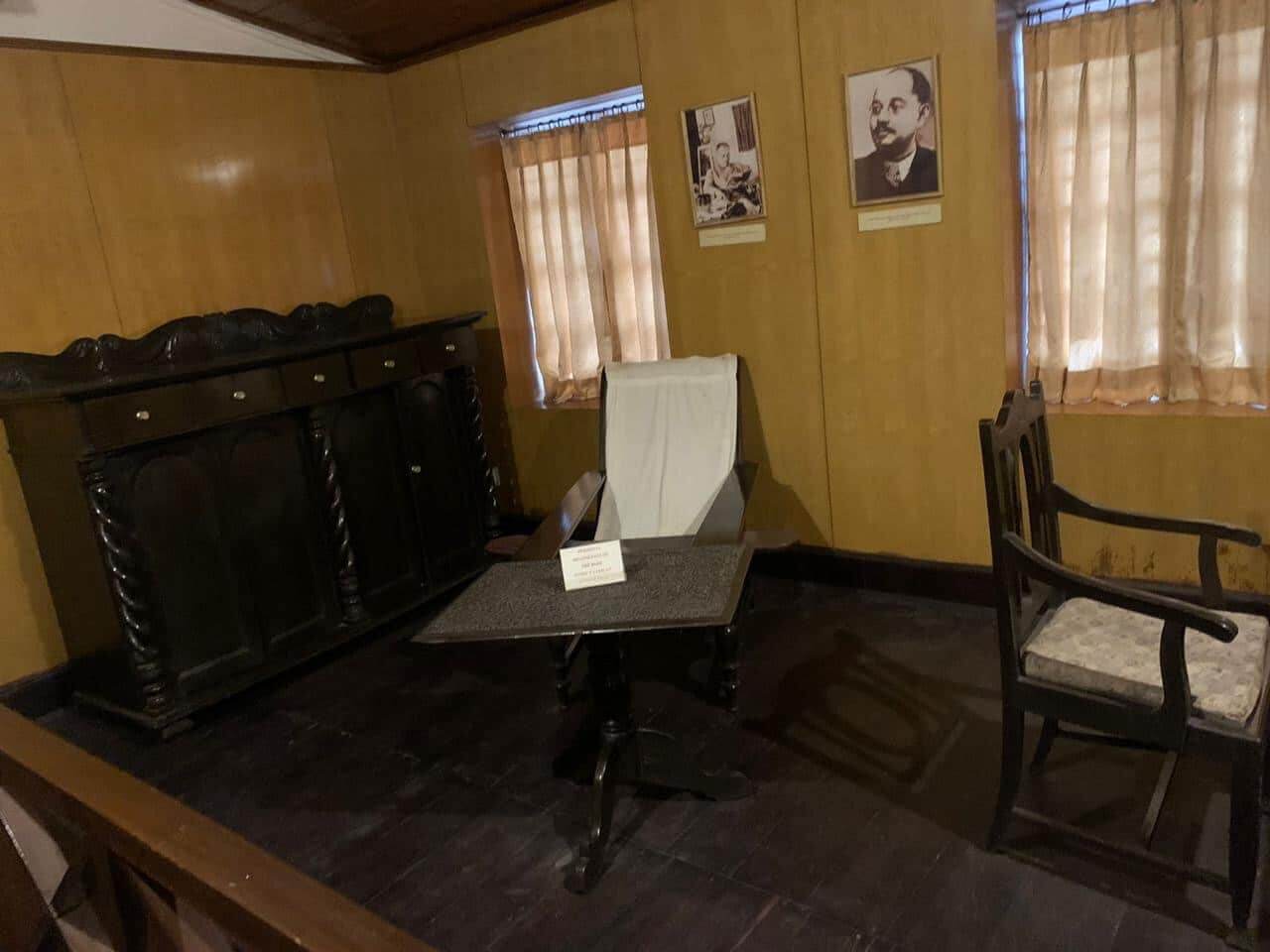
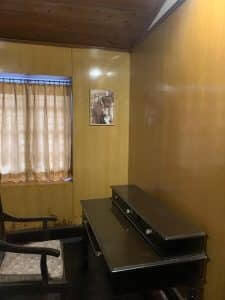
With the restoration underway, our home became an unexpected extension of this historic project. Due to space constraints, all the salvaged furniture was moved to our terrace. For months, our mornings and evenings were filled with the sound of carpenters chiselling away at the damaged wood and woodcarvers meticulously recreating ornate patterns. I would sit beside them, watching as decayed ledges were stripped away and intricate designs were restored with painstaking precision. It was as though the past was being reborn piece by piece, right before my eyes.
Back at the Bose mansion, the scale of work was monumental. The roof—once sturdy enough to witness history—needed to be rebuilt. Windows were replaced, walls were repaired, and flooring was restored to its original grandeur. Even the smallest detail, like the gable running trim along the roof’s edge, were replicated with an almost obsessive commitment to authenticity.
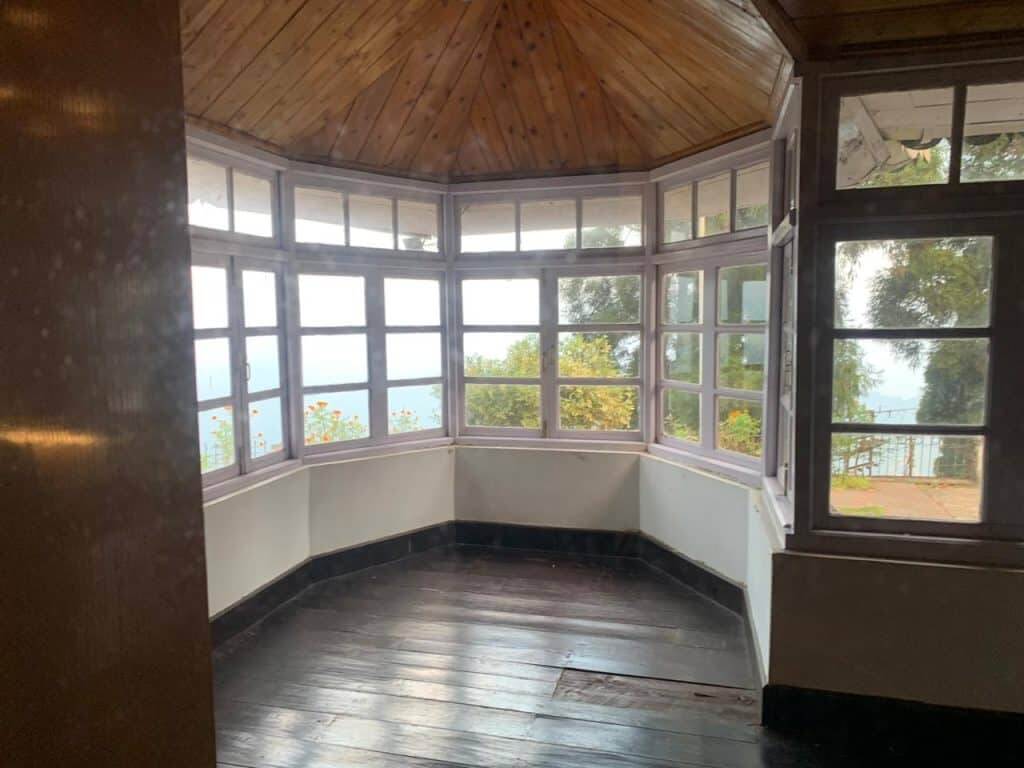
My father, with his meticulous eye, ensured that no detail was overlooked. His aim was not merely restoring a house; his aim was to safeguard a fragment of history. Just as the project neared completion in 2000, my father received his transfer orders. We packed up our lives and moved to Kalimpong, another serene hill town, leaving the Kurseong home—and this Netaji House inauguration—behind.
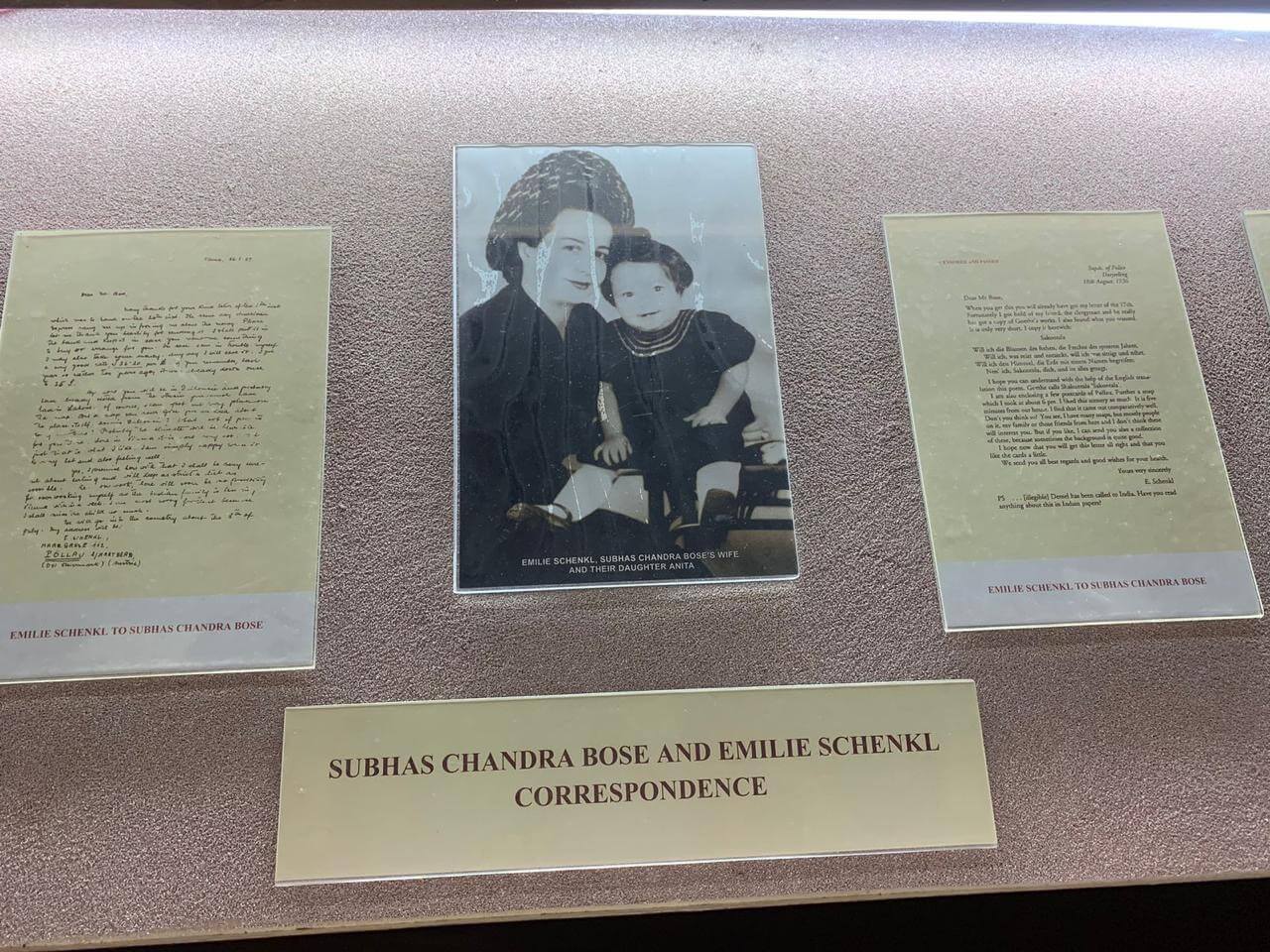
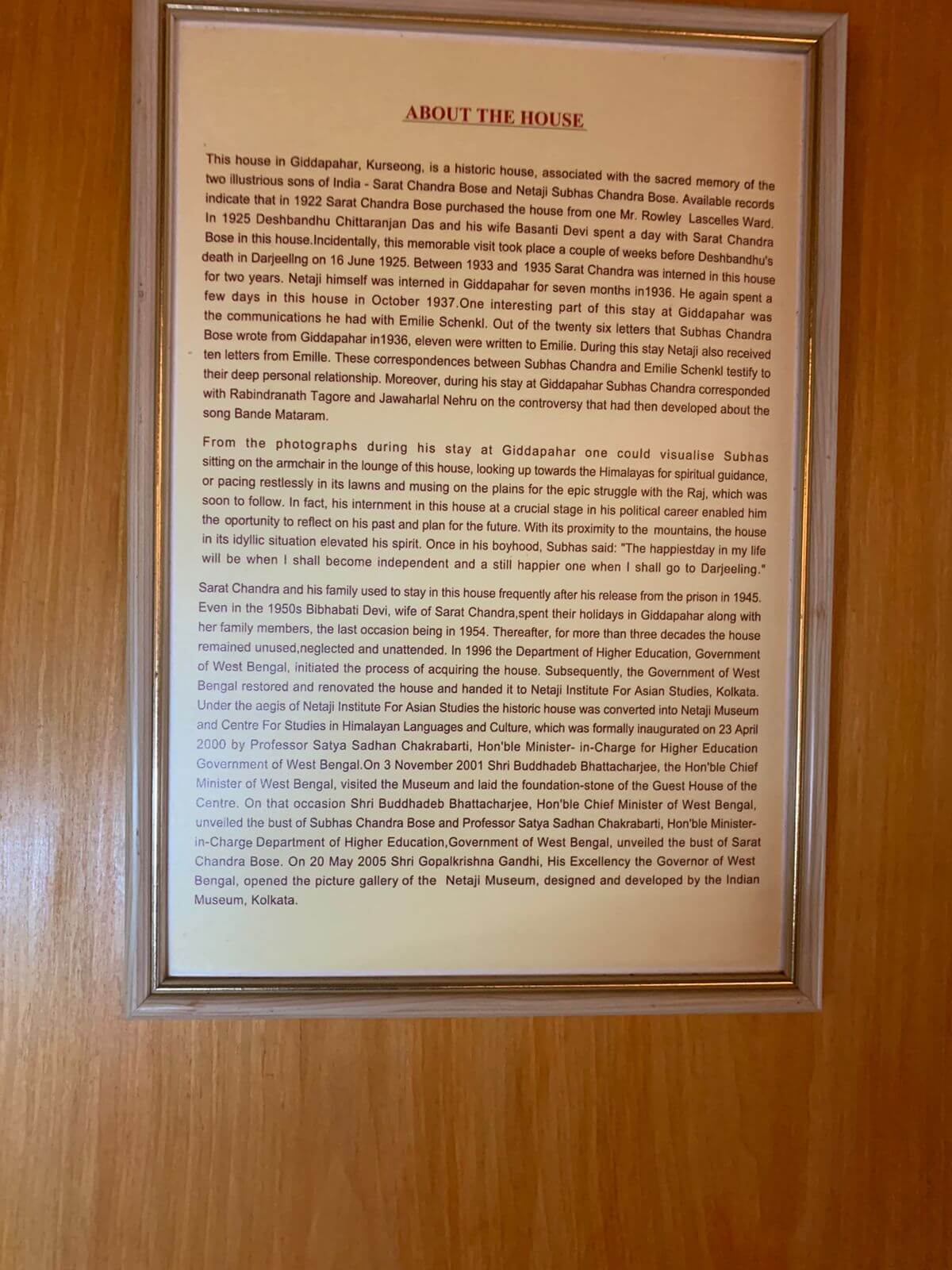
Officially inaugurated on April 23, 2000, it became a museum under the auspices of the Calcutta Museum in 2005. All the letters written by Netaji during his Kurseong days here are carefully preserved, including those to Emilie. Additionally, there are many photographs of Netaji, some showing him with the Bose family. The bed, dressing table, study desk, and armchair used by Netaji are also on display. A camellia tree planted by Sarat Chandra Bose in 1934 still stands as a living testament to the past. My father never returned to the site, perhaps out of a sense of detachment fostered by years of government service, where projects are left behind like milestones on a long journey.
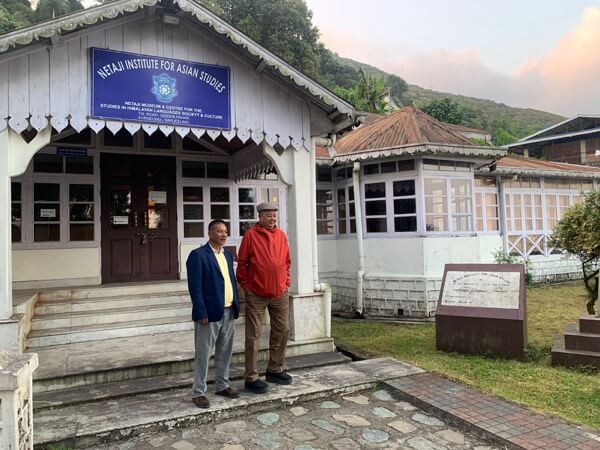
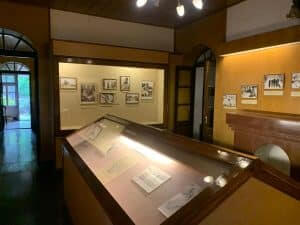 It wasn’t until early 2023 that this chapter of our lives resurfaced in a poignant way. My father, now retired, decided to visit the restored Bose home after 23 years. From Kolkata, he made his way to Kurseong, camera in hand. When I received his WhatsApp images here in Sydney, I was struck by how much had changed—and how much hadn’t. The house now stood as a proud museum, its walls alive with stories of Netaji’s indomitable spirit. Yet, in the meticulous woodwork and the familiar gables, I could see the echoes of those days when history was reborn on our terrace.
It wasn’t until early 2023 that this chapter of our lives resurfaced in a poignant way. My father, now retired, decided to visit the restored Bose home after 23 years. From Kolkata, he made his way to Kurseong, camera in hand. When I received his WhatsApp images here in Sydney, I was struck by how much had changed—and how much hadn’t. The house now stood as a proud museum, its walls alive with stories of Netaji’s indomitable spirit. Yet, in the meticulous woodwork and the familiar gables, I could see the echoes of those days when history was reborn on our terrace.
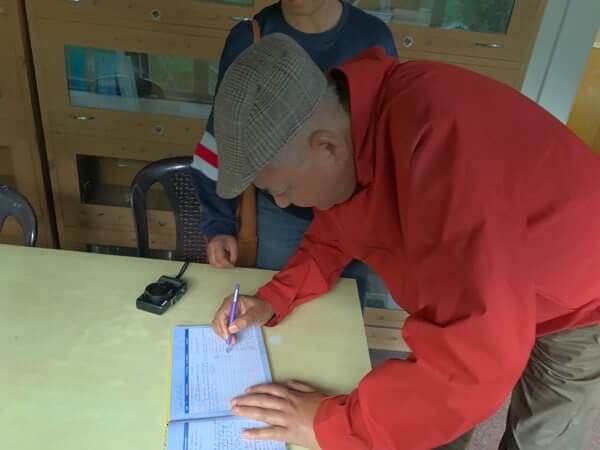
The restoration of Netaji’s Kurseong home wasn’t just a professional assignment for my father or a childhood memory for me. It was a bridge between the past and the present, between the grandeur of a freedom fighter’s legacy and the quiet persistence of those who work behind the scenes to preserve it.
And in that connection, I’ve come to realise, lies the true power of history—not as a relic of the past, but as a living, breathing force that shapes our present and inspires our future.
Read more: Kasturba Gandhi’s diary brings her voice to the foreground of history



